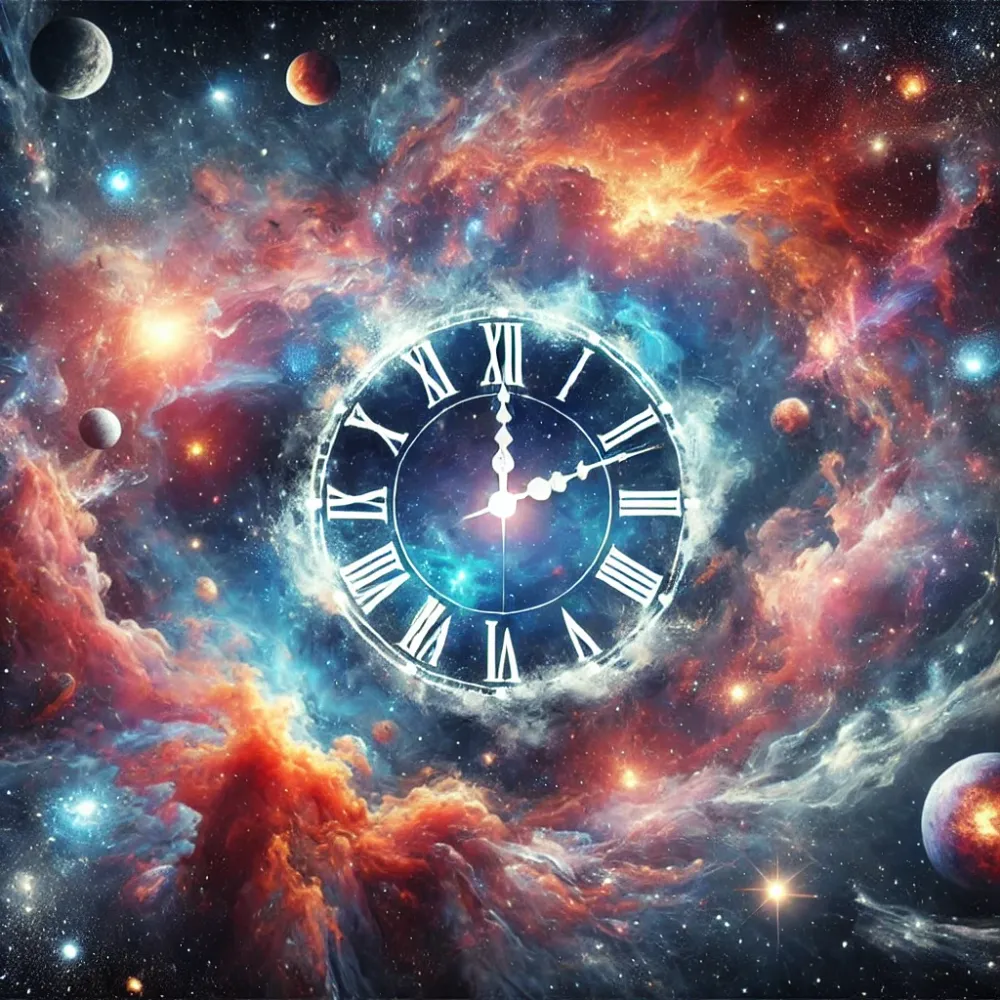14915,65%1,02
43,12% 0,21
50,20% -0,10
6229,34% 0,57
10147,72% 0,77

In the vast cosmos, the concept of time intertwines with the fabric of space, forming what physicists call spacetime. This union governs the universe, allowing celestial bodies to move, evolve, and interact. Time itself isn't located in a singular "place" but is rather woven into the very structure of the universe.
Modern theories, such as Einstein's general relativity, reveal that massive objects like stars and planets distort spacetime, creating gravitational effects. These distortions can alter the flow of time, a phenomenon observed in regions like black holes, where time slows down dramatically.
Understanding time in space continues to challenge scientists, bridging the realms of physics, philosophy, and wonder. This mysterious interplay reminds us that the universe holds secrets far beyond our current grasp, waiting to be unveiled.
Explore the depths of this cosmic connection through the accompanying visual representation, showcasing time and space as an inseparable dance of celestial beauty.
While scientists ponder this question and seek evidence through experiments, we can depict this phenomenon with our imagination. Picture a clock defying the boundaries of the universe, moving like a ring of light drifting among the stars. Perhaps time is a hidden rhythm, a vibration within all of us. It’s encoded in the rotation of galaxies, in the cycle of stars dying and being reborn.
Do we need to look into the depths of our hearts to truly comprehend time? Or will it remain an infinite mystery forever? Thank you for stirring this profound sense of wonder in me. If you'd like, we could craft a story around this concept. What do you think?

Veri politikasındaki amaçlarla sınırlı ve mevzuata uygun şekilde çerez konumlandırmaktayız. Detaylar için veri politikamızı inceleyebilirsiniz.